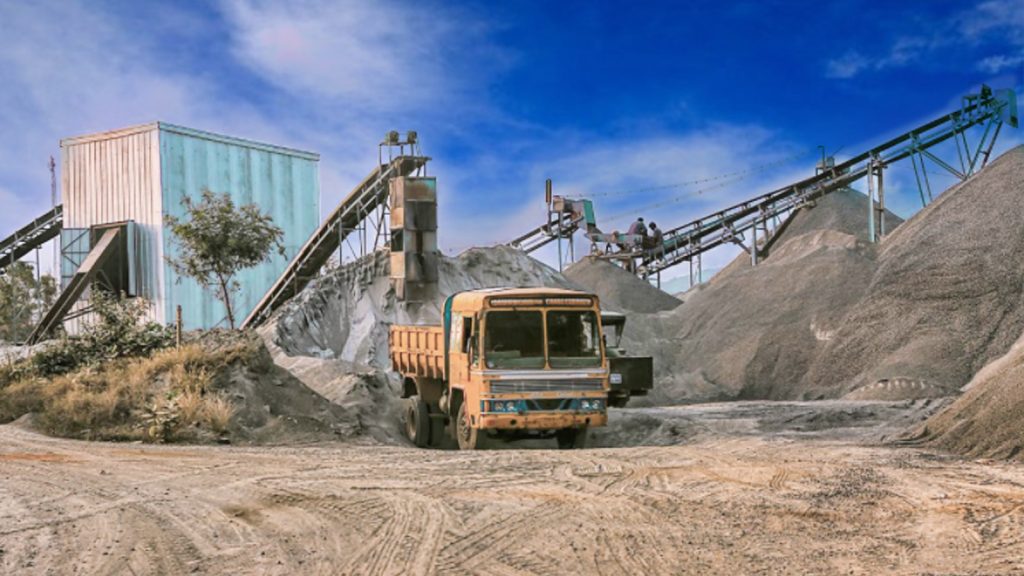The global economy heavily relies on the efficient transportation and delivery of heavy machinery and equipment. Whether it's construction machinery, agricultural equipment, mining gear, or industrial apparatus, the successful logistics management of these heavy assets is critical for ensuring smooth operations and project completion. Heavy machinery logistics requires careful planning, specialized handling, and adherence to regulatory requirements to ensure the safe and timely delivery of these valuable assets. In this article, we will explore the key considerations and best practices for managing heavy machinery logistics.
Understanding The Challenges:
Transporting heavy machinery poses unique challenges that must be considered during the logistics planning process. Some of the key challenges include:
A) Equipment Size And Weight: Heavy machinery is often oversized and overweight, requiring specialized transport solutions, such as low-loaders, flatbed trailers, or modular transporters, to accommodate their dimensions and weight.
B) Fragility And Sensitivity: Heavy machinery can be delicate and sensitive to vibrations, shocks, and extreme weather conditions. Proper packaging, securing, and climate control measures must be implemented to prevent damage during transit.
C) Compliance With Regulations: Transporting heavy machinery involves compliance with local, national, and international regulations, including permits, route restrictions, and safety standards. Noncompliance with these regulations may result in delays, fines, or even legal repercussions.
D) Infrastructure Limitations: Transportation of heavy machinery may require assessing the suitability of roads, bridges, and other infrastructure elements along the planned route. Special considerations must be made to ensure the equipment can safely navigate through narrow passages, overpasses, or underpasses.
Planning And Coordination:
Effective planning and coordination are crucial to the success of heavy machinery logistics. Here are some key considerations:
A) Route Planning: Determining the most suitable route is essential. Factors such as road conditions, height and weight restrictions, traffic patterns, and the presence of any infrastructure limitations must be carefully assessed to avoid delays or damage to the machinery.
B) Permit And Documentation Management: Obtaining the necessary permits, licenses, and customs documentation is critical. Working with experienced freight forwarders or logistics providers can help streamline this process, ensuring compliance with local regulations and avoiding unnecessary delays.
C) Insurance Coverage: Adequate insurance coverage is vital to protect against potential risks, such as theft, accidents, or damage during transportation. Engaging with reputable insurance providers and understanding the scope of coverage is essential to mitigate potential losses.
D) Packaging And Securing: Proper packaging and securing of heavy machinery are essential to safeguard against damage. This may involve the use of specialized crates, protective coverings, and securing mechanisms to prevent shifting, vibration, or impacts during transit.
Specialized Handling And Equipment:
The nature of heavy machinery logistics requires specialized handling and equipment. Here are some important considerations:
A) Equipment Selection: Choosing the appropriate transportation equipment is crucial. Flatbed trailers, low-loaders, or heavy-duty cranes may be required depending on the machinery's size, weight, and configuration. Selecting the right equipment ensures safe loading, unloading, and transportation.
B) Expertise And Training: Qualified personnel with experience in heavy machinery handling should be involved in the logistics process. They possess the necessary expertise to assess the equipment, determine the appropriate handling procedures, and ensure compliance with safety regulations.
C) Equipment Maintenance: Regular maintenance of transport vehicles and equipment is essential to ensure their reliability and safe operation. Proper inspections, servicing, and repairs should be conducted to mitigate the risk of breakdowns or accidents during transit.
Communication And Collaboration:
Effective communication and collaboration between all stakeholders involved in heavy machinery logistics are vital. This includes:
A) Regular Updates: Maintaining clear and timely communication with all parties, including shippers, freight forwarders, logistics providers, and customers, is crucial. Regular updates on the progress, delays, or any unforeseen circumstances help manage expectations and address any potential issues promptly.
B) Collaboration With Authorities: Establishing a good working relationship with local authorities, including law enforcement, transportation departments, and regulatory agencies, can help navigate any regulatory hurdles and ensure compliance with permits and regulations.
C) On-Site Coordination: Coordinating with site managers and operators at both the origin and destination points is crucial for a smooth logistics process. This ensures proper planning for the unloading, installation, and integration of heavy machinery into the project site.
Conclusion:
Efficient heavy machinery logistics is essential for the successful delivery and installation of heavy equipment across various industries. The complexities involved in transporting oversized, delicate, and high-value machinery require careful planning, coordination, and adherence to regulations. By understanding the challenges, implementing best practices, and fostering effective communication and collaboration, logistics professionals can streamline the transportation process, minimize risks, and ensure the safe and timely delivery of heavy machinery to their intended destinations.

